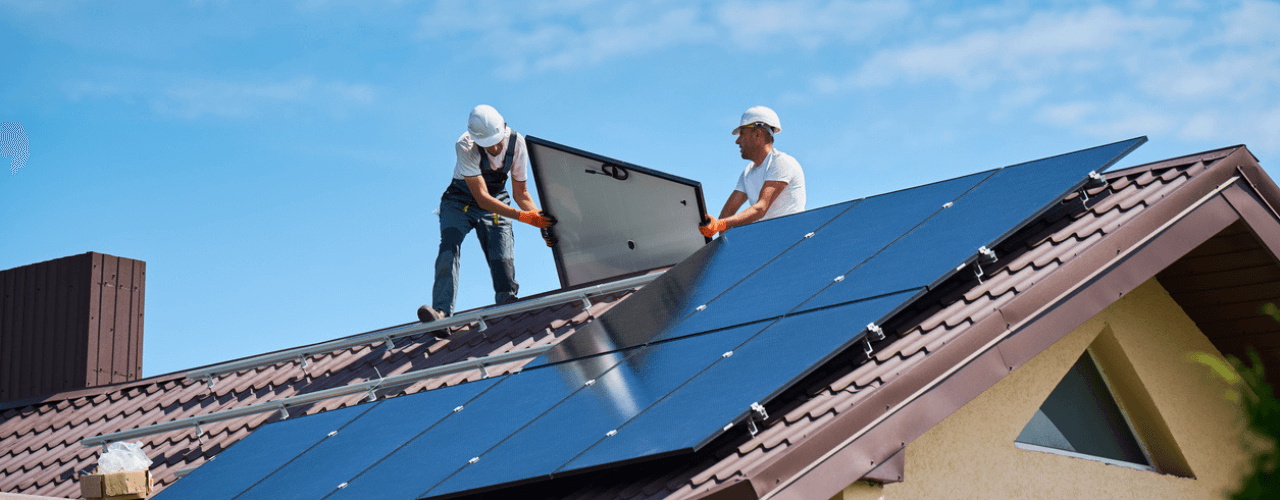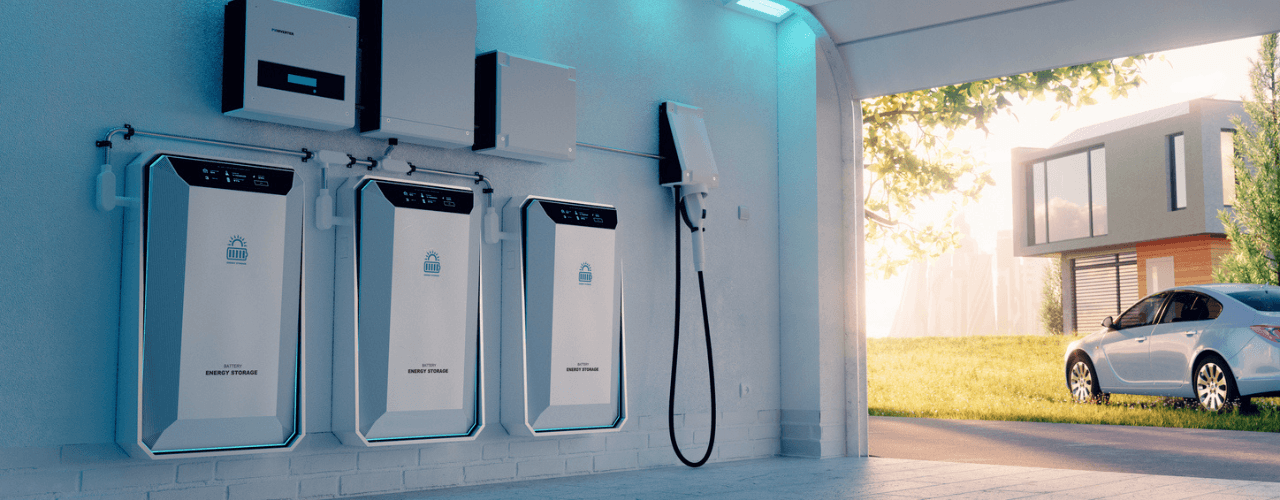
Renewable energy solutions for UK homes and businesses: What are your real options?
Energy bills keep climbing and so does the need to reduce carbon emissions. For UK...

Solar
As the demand for renewable energy grows, more businesses and homeowners are turning to solar panels. Solar panel installation is a sustainable and cost-effective solution. These panels generate electricity from sunlight, reducing your reliance on the grid and saving you money over time. Government incentives and tax breaks can help offset the initial costs, making solar panels an attractive investment.
Beyond the financial benefits, solar panels help reduce carbon emissions. Traditional electricity sources like coal and gas contribute to greenhouse gas emissions. In contrast, solar energy is clean and sustainable.
Not all solar panels are the same. When choosing the right system for your needs, it’s essential to understand the different types available.
Before installing solar panels, you need to assess your roof’s suitability. Here are some key factors to consider:
Determine your energy needs by checking your electricity bills. This will help you choose a system that’s the right size for your home or business.
Consider using Heliomotion Solar Trackers. These trackers use GPS to follow the sun throughout the day, boosting energy production by 30-60%. By generating more energy in the morning and evening, these trackers align with typical consumption patterns.
In addition to solar panels, you’ll need a solar inverter. The inverter converts the direct current (DC) electricity produced by the panels into alternating current (AC) electricity for use.
Here are the three main types of inverters:
Solar panel installation requires compliance with local regulations. Ensure you have the necessary permits and planning approvals before installation. Most installers handle this for you, but it’s worth checking your local government’s requirements to avoid delays.
Once you’ve chosen your solar panels and inverter, and your permits are approved, it’s time to install. The installer will set up scaffolding and mount brackets to hold the panels in place. The panels will be installed at the correct angle to capture sunlight.
Next, the wiring is connected between the panels and the inverter. This allows the DC electricity generated by the panels to be sent to the inverter. The inverter, placed near your electrical panel, converts the DC power to usable AC electricity. Lastly, your system is connected to the grid. You can also install a battery to store excess energy for use when the panels aren’t generating power.
The final step is a thorough inspection to ensure the system functions properly.
Solar panels require minimal maintenance. Keeping them clean and free of debris will help them run efficiently. It’s recommended to clean them at least once a year, especially in areas with little rainfall.
You should also monitor the output of your system. Many solar systems come with software that allows you to track electricity generation in real-time.
The initial cost of installing solar panels can be significant, but the long-term savings make it worthwhile. On average, solar panels pay for themselves within 5-10 years. Your location and energy consumption play a big role in this timeframe.
Many governments offer incentives and rebates for installing solar panels. Research the options available in your area to reduce the overall cost and maximise savings.
DIY solar panel installation may be tempting, but professional services ensure your system is installed correctly and safely. Professional installers assess your energy needs, optimise panel placement, and ensure compliance with regulations.
Additionally, professional services come with warranties and maintenance plans. This gives you peace of mind that your system will operate efficiently for years to come.
ESS Group offers expert solar panel installation tailored to your needs. Our team will handle everything from start to finish, ensuring maximum efficiency and savings. Contact us today to start your solar journey!

Energy bills keep climbing and so does the need to reduce carbon emissions. For UK...

Commercial solar helps cut costs and hit sustainability targets both smart moves for today’s business...

Home energy habits are changing. As more people install solar panels and adopt smart technologies,...
We’re here to help with all your renewable energy needs.
Contact us today for expert advice, consultations, and support.